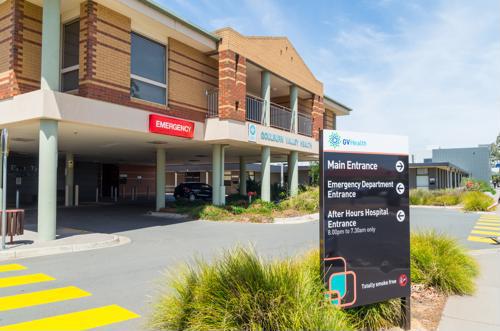The health care industry is currently operating under a critical shortage of talented and qualified physicians. And while this impacts the entire sector as a whole – from local doctors’ offices to larger hospital systems – the facilities hit the hardest are smaller, rural facilities.
Hospitals located in less densely populated areas have historically had a hard time attracting candidates – many physicians were drawn to potentially higher-paying and more centrally located opportunities. Now, a lack of qualified and engaged candidates is making what was already an uphill battle much more difficult for rural hospital recruitment managers.
Effects of the physician shortage
According to the latest research, the physician shortage is becoming more severe than initially predicted, particularly as the number of aging Americans rises and practicing physicians enter retirement. The Association of American Medical Colleges reported that current forecasts put the shortage at between 40,800 and 104,900 physicians by 2030. Previous reports only predicted a shortage through 2025.
Shortages are currently impacted a range of different areas of physician care, including shortages of:
- 8,700 to 43,100 primary care physicians.
- 33,500 to 61,800 non-primary care, specialty physicians.
- 19,800 and 29,000 surgeons.
“In the last thirteen and a half years, I don’t remember such a universal cry for help,” noted Casey Blumenthal, R.N., and vice president of the Montana Hospital Association.
“The physician shortage is becoming more severe than initially predicted.”
The shortage is hitting regions like central Washington, eastern Idaho, Wisconsin, Illinois and Montana the hardest. Thankfully, there are strategies recruitment and hiring managers in these and other impacted regions can use to boost their efforts, including:
Consider current needs with a demand assessment
One of the first steps recommended by the Technical Assistance and Service Center is to assess the overall needs. While the current shortage can increase staffing concerns, it’s important to make sure that resources can’t be stretched to meet needs and hiring a new physician is actually the best option.
“Spend some time considering why and if you need to recruit a physician,” TASC stated. “You may find that a nurse practitioner or physician assistant is more appropriate or that local demand for primary care does not justify recruiting a new provider at all.”
If time and effort is to be consumed by this search, it’s imperative to ensure that these resources are well-placed.
Offer added incentives
In order to attract qualified candidates, it can be helpful to offer a little something extra. This can include increased access to hospital resources, boosted pay or even tuition reimbursement plans where possible to help those entering the industry eliminate student debt.
Start recruitment early
Hospitals and Health Networks contributor Mary Stempniak noted that while incentives can be of value to attract candidates, these often don’t do much to keep physicians around for the long-term. What’s more, someone not used to a rural lifestyle may simply be dissatisfied with working in this kind of area.
In order to address these problems, some rural facilities are beginning their recruitment very early – even with high school students. In this way, pupils are encouraged to pursue entry level health care careers, and can then be groomed to be placed into more advanced positions.
“Professional growth is a concern, and some [rural hospitals] have joined cooperatives to provide residency and training,” Stempniak wrote.

Consider locum tenens
In some situations, hospitals may have an immediate staffing need and simply can’t wait to fill the position. Under these conditions, locum tenens physicians might provide the ideal solution. Medicus noted that this isn’t just a boon for the rural health care facility, but for the freelance physicians as well – rural positions can come with a better quality of life, higher community status and more opportunity to develop skills.
Organize efforts with advanced staffing software
However rural hospital managers decide to approach recruitment, one thing is sure: They will need a technological platform to help streamline and organize their efforts.
A workforce management platform is the most beneficial option, providing candidate matching and other critical recruitment features. In addition, such technology can offer capabilities to support physicians after hiring, including intelligent scheduling, invoicing and pay, attendance and credential tracking, and more.
To find out how a workforce management system could benefit your rural health care facility, contact the experts at BlueSky Medical Staffing Software today.

